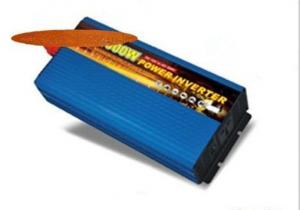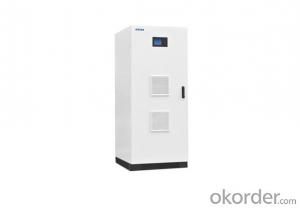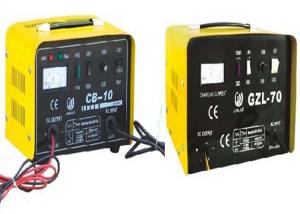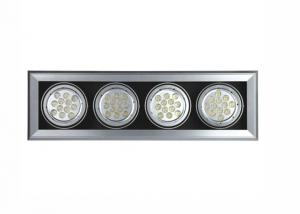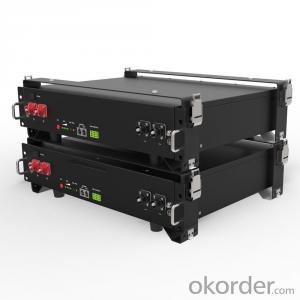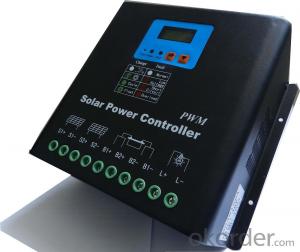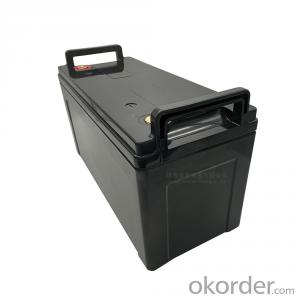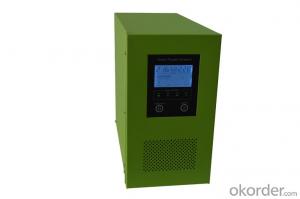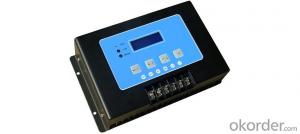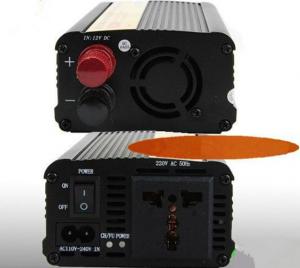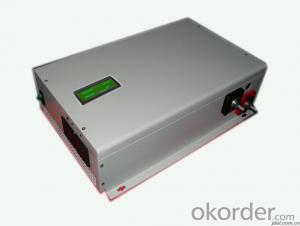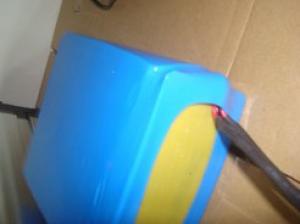48v Solar Inverter Charger
48v Solar Inverter Charger Related Searches
Solar Inverter Charger 48v 48v Solar Inverter 48 Volt Solar Inverter 24v Solar Inverter Charger 48v Hybrid Solar Inverter 12v Solar Inverter Charger Solar Hybrid Inverter 48v Solar Inverter Charger Solar Inverter Charger 24v 24 Volt Solar Inverter Charger Solar Power Inverter Charger Hybrid Solar Inverter 48v 12 Volt Solar Inverter Charger Solar Inverter Charger 12v 48v Solar Inverter Price Solar Charger For Inverter Best Solar Inverter Charger 48 Volt Solar Inverter Price 480v Solar Inverter Victron Solar Inverter Charger Solar Charge Inverter Solar Charger With Inverter Hybrid Solar Inverter Charger Inverter Charger Solar Solar Charger Inverter Charge Inverter Battery Solar Solar Inverter Charger Price Rv Solar Inverter Charger Powmr Solar Inverter Charger Inverter With Solar Charger48v Solar Inverter Charger Supplier & Manufacturer from China
The 48v Solar Inverter Charger is a versatile product that combines the functionality of a solar charger and an inverter, making it an essential component for various solar power systems. This device efficiently converts solar energy into usable electrical power, ensuring a reliable and continuous power supply. It is designed to handle a wide range of applications, from residential solar setups to commercial and industrial power needs. The 48v Solar Inverter Charger is particularly useful in off-grid or remote locations where traditional power sources may not be available or reliable.The 48v Solar Inverter Charger finds its application in a variety of scenarios, such as powering homes, businesses, and even electric vehicles. It is also commonly used in outdoor activities like camping and boating, where a portable and reliable power source is crucial. This product is capable of providing a stable power output, making it suitable for sensitive electronic devices that require a consistent voltage supply. Additionally, it can be used in conjunction with battery storage systems to store excess solar energy for use during periods of low sunlight or at night.
Okorder.com is a leading wholesale supplier of the 48v Solar Inverter Charger, offering a vast inventory of this product to cater to the needs of various customers. With a strong commitment to quality and customer satisfaction, Okorder.com ensures that the 48v Solar Inverter Charger is available at competitive prices and with prompt delivery. Their extensive inventory and dedication to providing top-notch service make them a trusted source for those seeking to purchase this essential solar power component.
Hot Products




